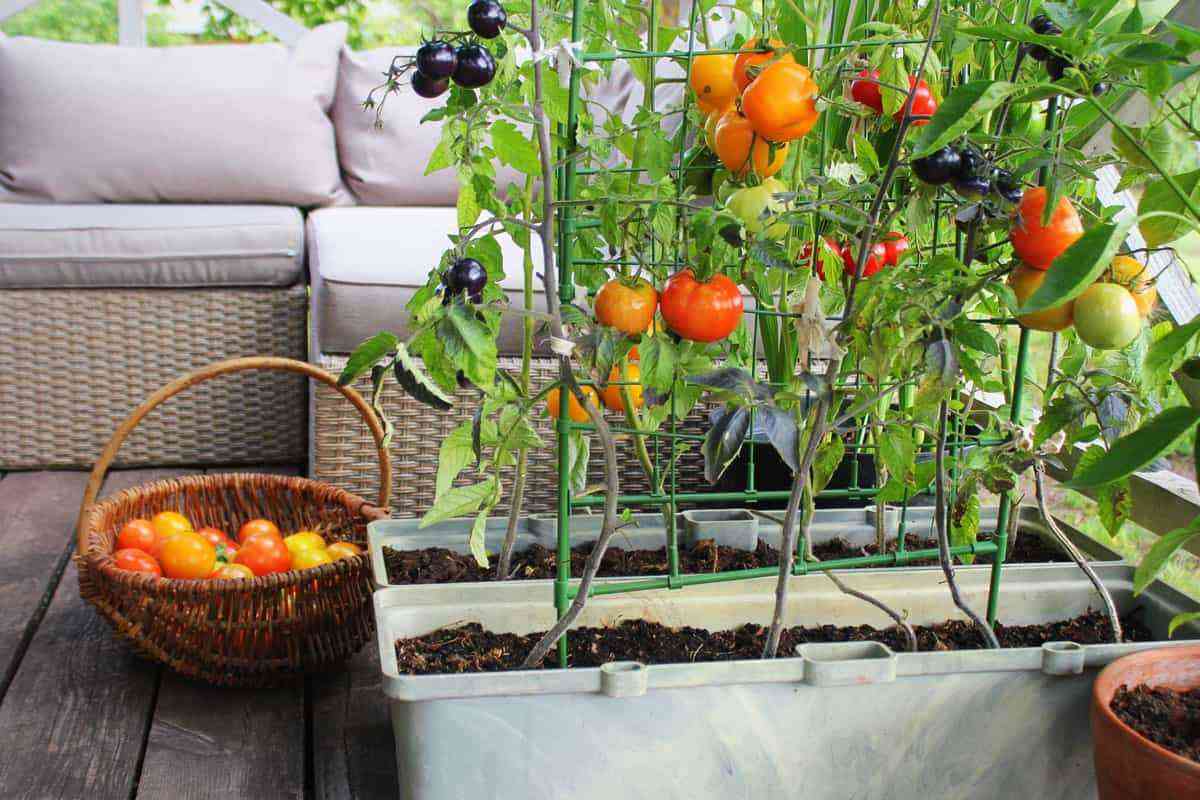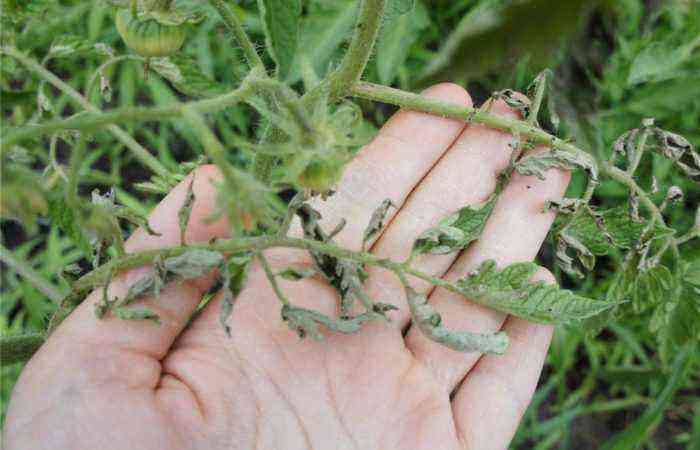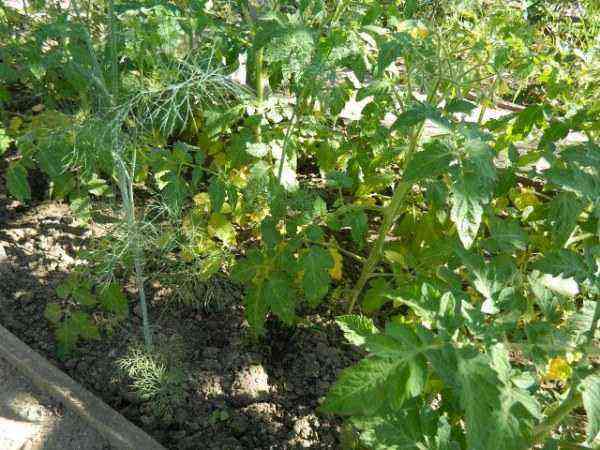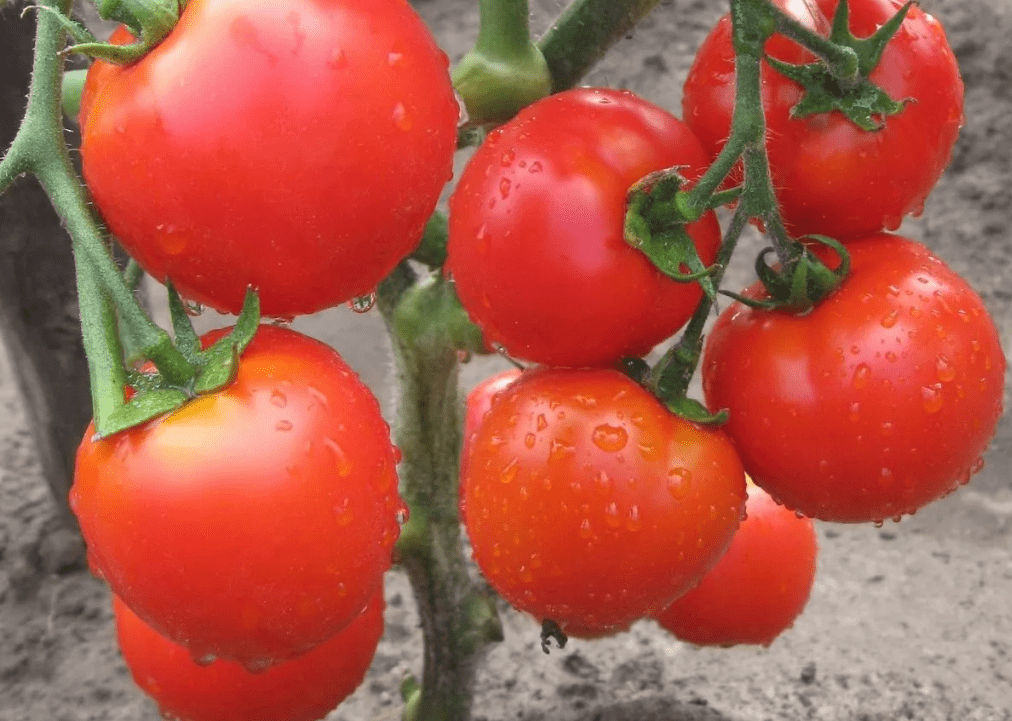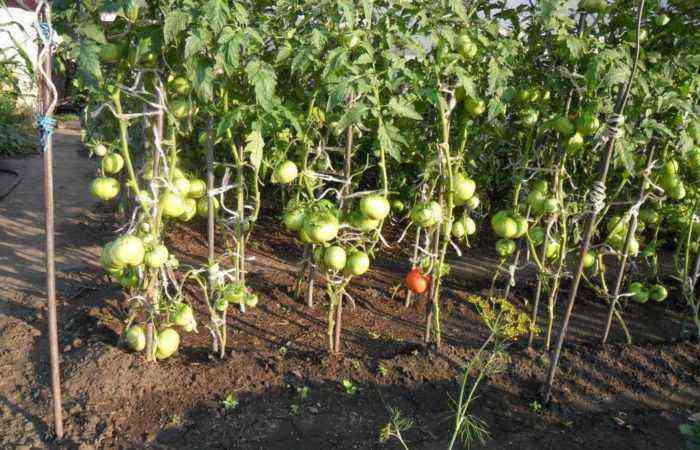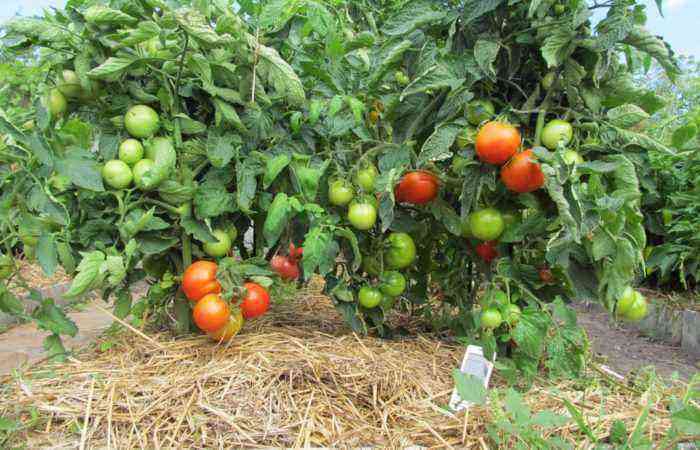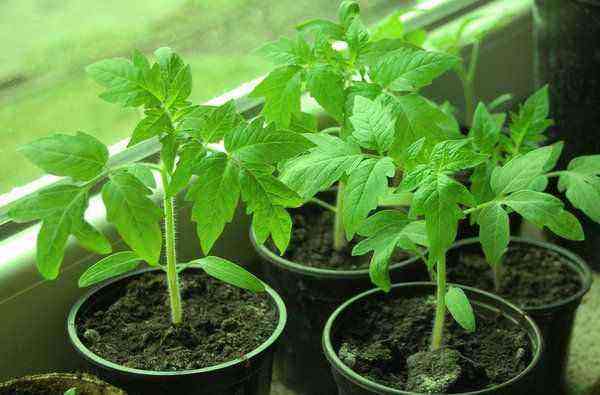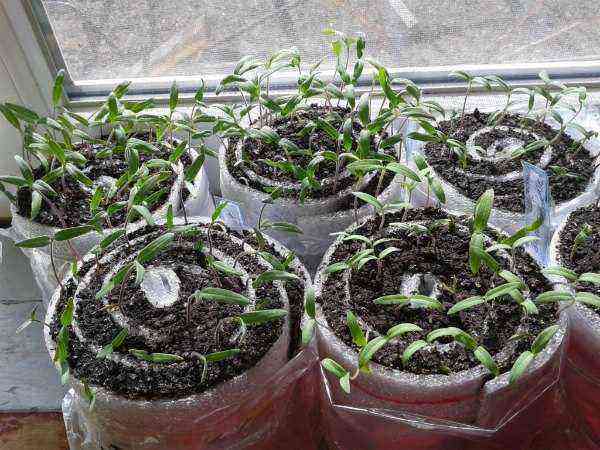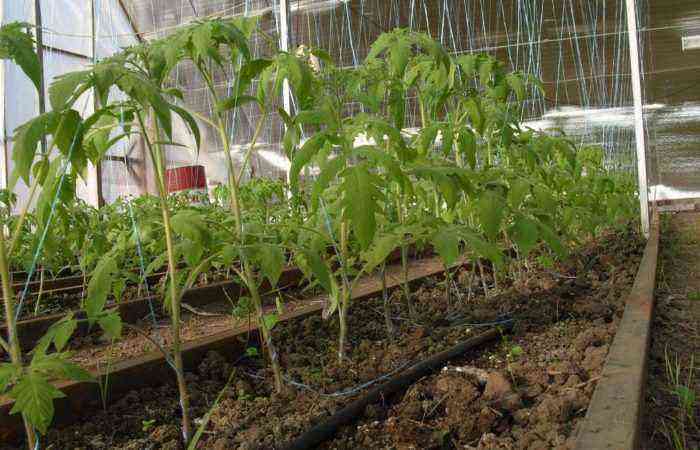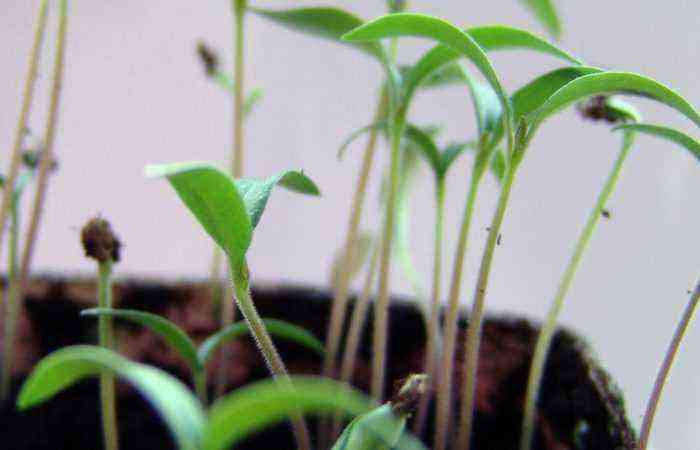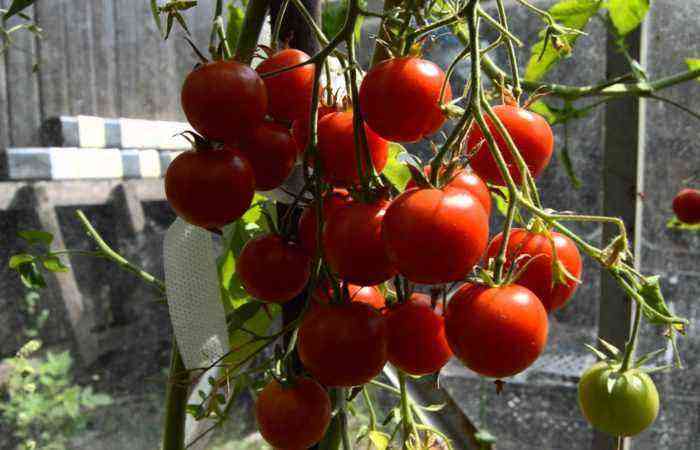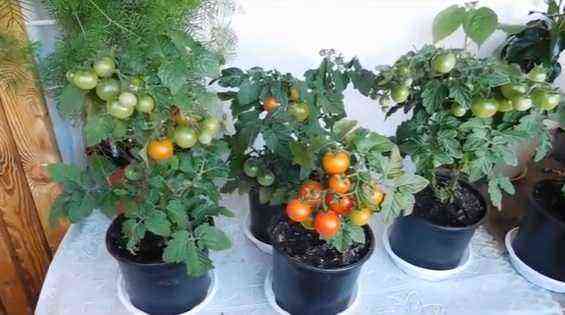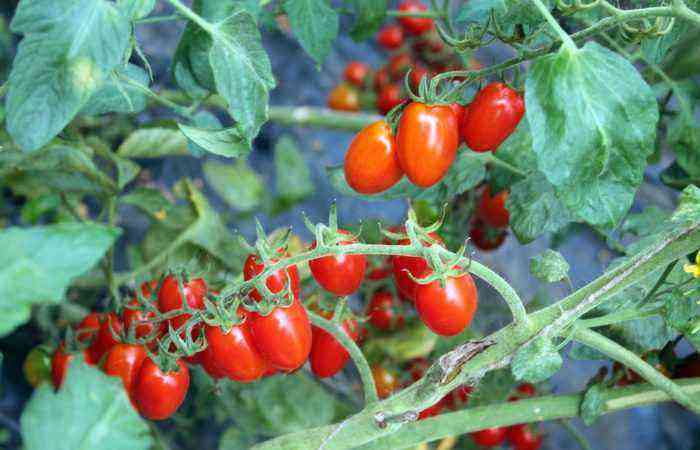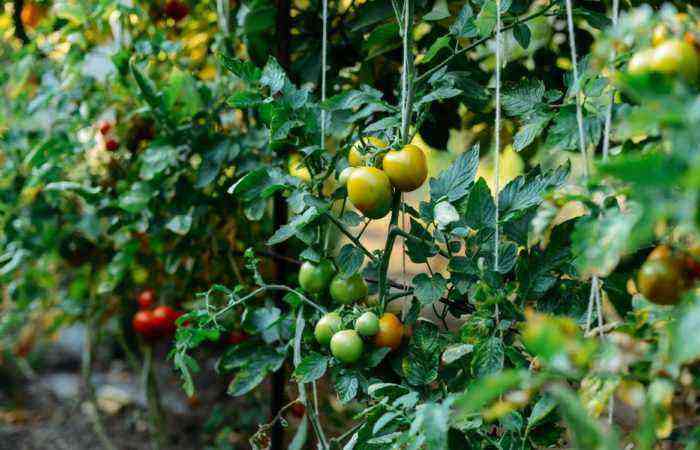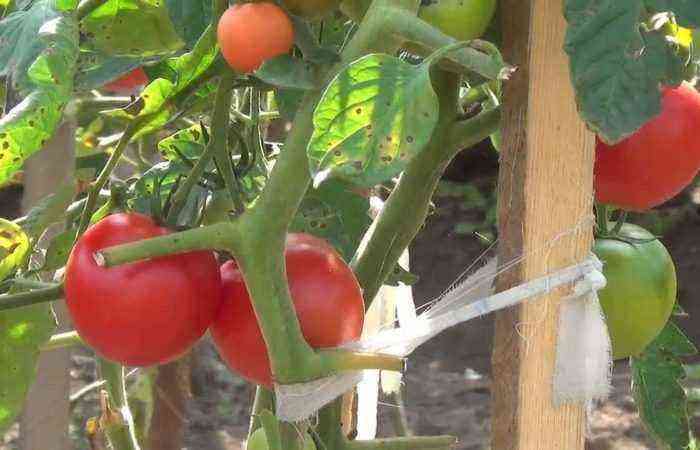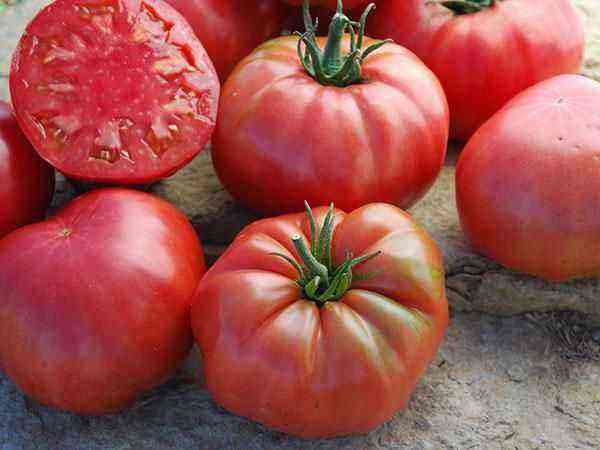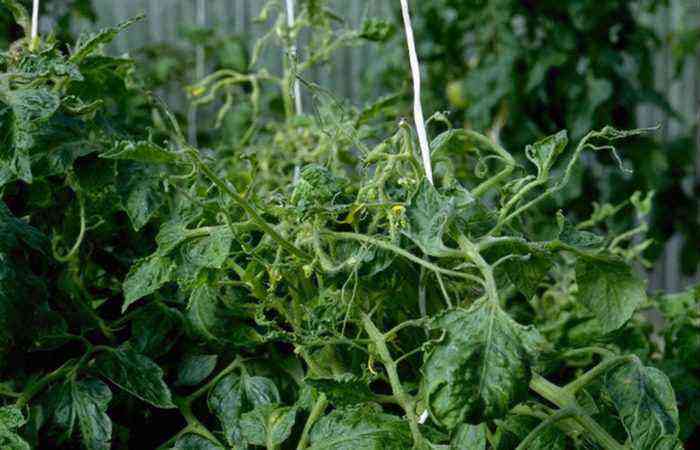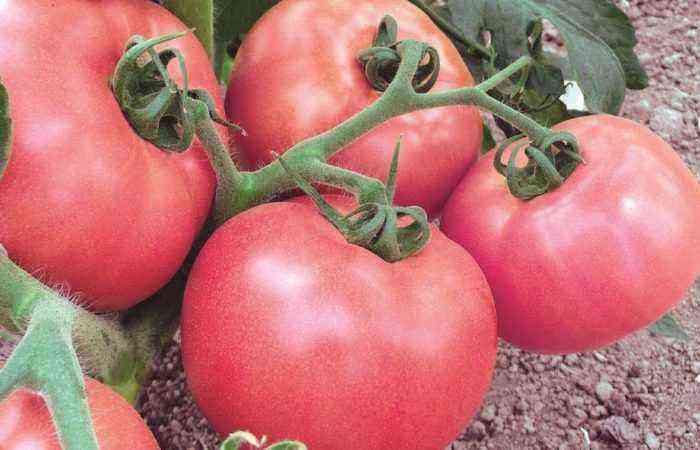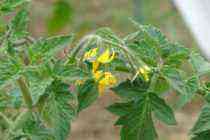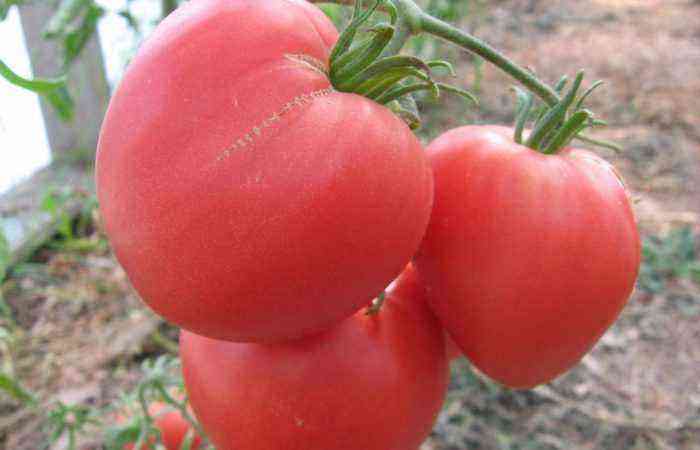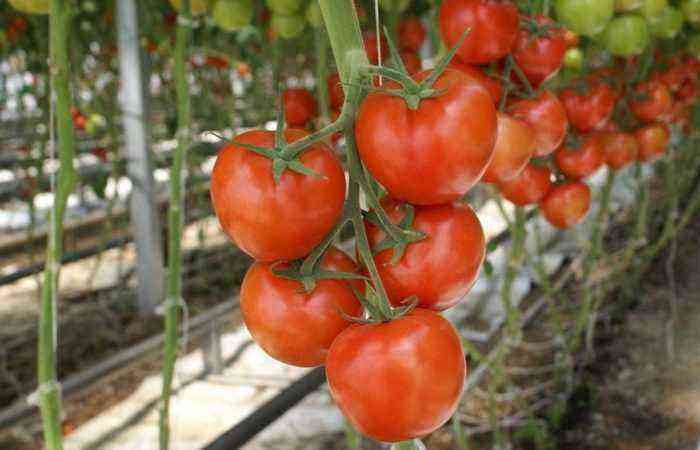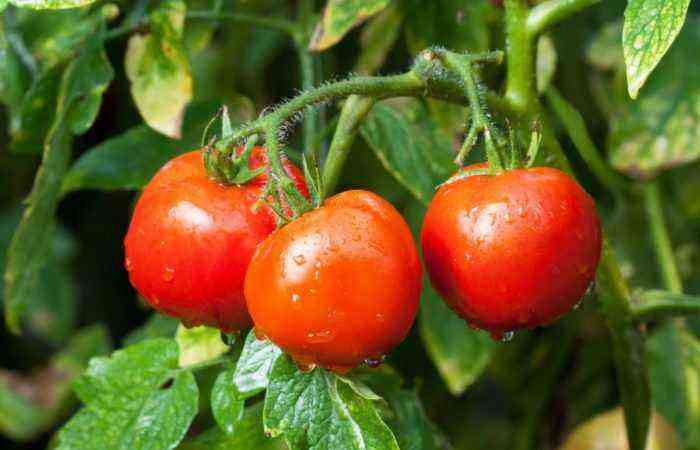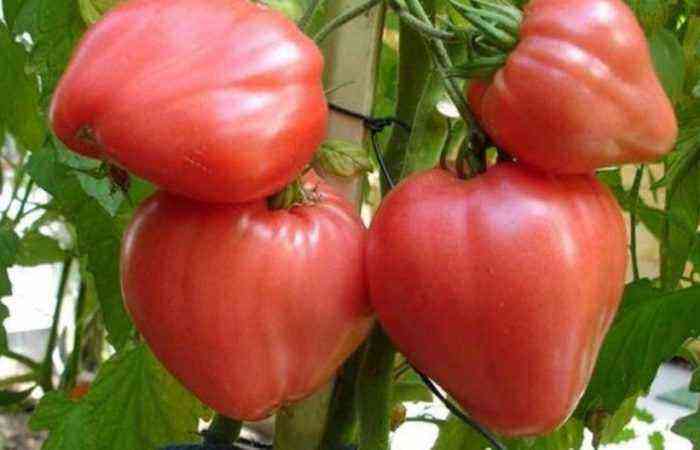The main distinguishing feature of the Kumato variety tomatoes is the unusual black color of ripe fruits. In addition, Kumato tomatoes have exceptional taste. This variety is especially popular with gardeners in Turkey and in some European countries.
However, thanks to the work of breeders, today any gardener can try to grow unusual black tomatoes in his area. A more detailed description of this variety and a description of the growing conditions will be considered in the article.
Characteristics and description of the variety of “black” tomatoes
Tomatoes “Kumato” are mid-season varieties. On average, 100-120 days pass from seedling emergence to fruit ripening.
The bush is indeterminate, grows up to 2 meters, in this regard, a garter and timely pruning of the growth point are required. The stem is liana-like, rigid with medium leaf development. On average, one bush “Kumato” gives 8 kg of crop.
The fruits are round, sometimes oval, weighing 100-150 g, at maturity they acquire a characteristic red-brown color. They grow in clusters of 6-8 fruits. The high fructose content provides a sweet flavor to the pulp.
Varieties of tomato varieties “Kumato”
On sale you can find cherry tomatoes “Kumato”. The mass of such a fruit reaches 30 g, and the diameter does not exceed 2,5 cm. The taste qualities are similar to the main variety.
Similar varieties
In addition to “Kumato” there are many types of black tomatoes. The most common ones are:
Mid-season variety. The average fruit ripening period is 110-120 days. The fruits are sweet in taste, the weight of each varies between 250-300 g, but especially large specimens can reach 450 g. The color of the fruit is burgundy, almost black. Cultivation in a greenhouse, a garter is required. Poorly tolerate fresh storage and transportation.
Early maturing variety. The fruit ripening period is 85 days. A distinctive feature is the bright color. Fruits, reaching up to 400 g, have a spotted green-red color. The flesh is red in the middle and green closer to the peel. It is best to grow in a greenhouse.
Mid-season variety. It takes about 110 days for the fruit to ripen. So named because of the characteristic shape of the fruit, resembling a small pear. The fruits are painted in maroon color, reach a weight of up to 80 g. They tolerate fresh storage well. In the southern regions, outdoor cultivation is possible. Tying required.
The variety is mid-season. The average fruit ripening period is 110 days. The mass of fruits ranges from 200 to 300 g. The color of the fruits is burgundy-brown, the shape is oval-heart-shaped. Must be grown indoors.
Advantages and disadvantages
The main advantage of the Kumato tomato is called by many gardeners a good yield. Indeed, with good care, you can collect up to 15 kg from 1 square meter of planting.
Also undoubted advantage is resistance to diseases and elevated temperatures. “Kumato” tolerate even extremely hot summers well.
In addition, Kumato tomatoes have a very thick skin, which allows ripe fruits to be stored for a long time and tolerate transportation well.
Occasionally, the fruit may be patchy in color, although pigmentation problems are rare.
The main disadvantage of tomatoes is its characteristic color – it is alarming. However, the color of the fruit does not imply the content of GMOs in tomatoes. Kumato tomatoes have a rich dark color due to the content of anthocyanins. These are natural substances and they act on the body as antioxidants and promote tissue regeneration.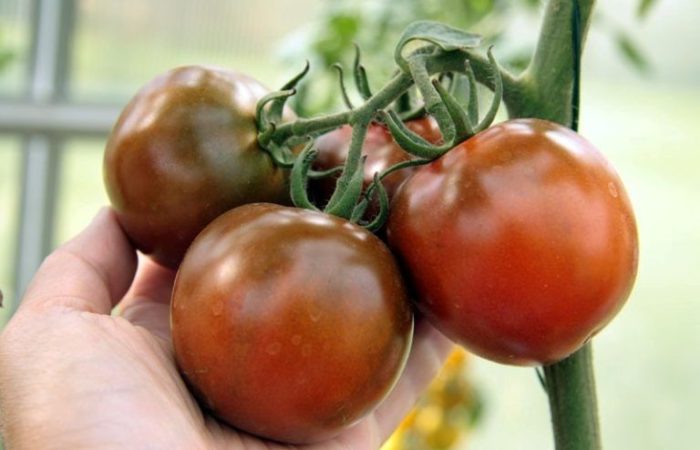
Thus, tomatoes of the Kumato variety have many useful properties. Due to the content of a large number of microelements and vitamins of groups B and C in fruits, their use in children’s and dietary nutrition is possible. Eating black tomatoes helps prevent cardiovascular and oncological diseases, promotes bowel function and has a beneficial effect on vision.
Growing conditions
Agrotechnics when growing tomatoes “Kumato” is quite simple and differs little from the cultivation of other varieties.
To plant Kumato tomatoes, you can buy ready-made seedlings or germinate the seeds yourself.
Store-bought soil mix is suitable for germinating seeds. If the land is taken from the garden, it is recommended to enrich it with humus.
Many summer residents have experience in growing Kumato tomatoes from collected seeds. However, this variety is hybrid, therefore, most often such tomatoes do not retain the signs of the parent bush. First of all, it affects the color of the fetus. Therefore, it is better to buy new seeds every year.
The soil for planting seeds is recommended to be calcined in the oven. This will destroy the pests in it.
When growing tomatoes “Kumato” from seeds, it is necessary to follow a certain sequence of actions:
- First of all, the seeds must be disinfected. This can be done by soaking them in a pale pink solution of potassium permanganate for 1-2 hours.
- Disinfected seeds are soaked in water for two days. You can also add a growth stimulator to the water.
- After soaking, the seeds are planted in the ground. It is enough to deepen the seeds by 0,7-1 cm. There should be a distance of 2 cm between the seeds.
- After planting the seeds, you need to create greenhouse conditions for them. To do this, the container must be covered with a film.
- Place containers with seeds in a well-lit place.
Shoots should appear approximately on the fifth day after planting the seeds. After that, the film coating must be removed. Seedlings should be watered as the soil dries out. You need to water only the ground, it is necessary to avoid getting water on the seedlings.
You can dive seedlings after the appearance of two leaves. It is important to remember that for tomatoes of the Kumato variety, it is preferable to grow in a greenhouse or greenhouse.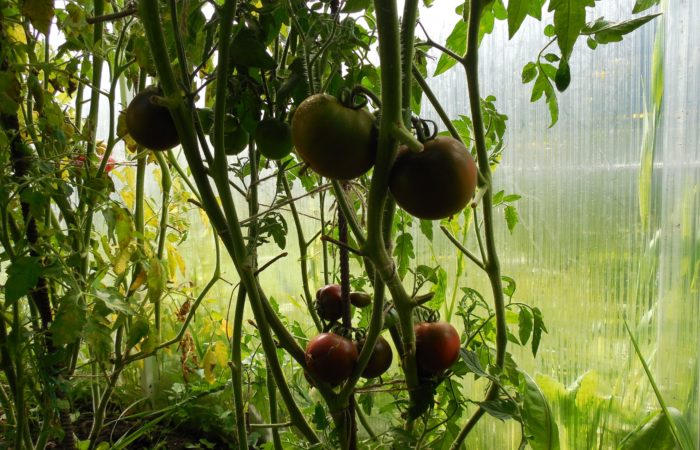
Features of growing varieties “Kumato”
After planting in the ground, the seedlings stop growing. This is normal, after about 5-7 days they begin to grow again. When planting in the ground, it is worth adhering to the planting scheme, in which no more than 1 bushes will be located per 4 square meter.
Variety “Kumato” is quite unpretentious in care. For its favorable growth, it is enough to comply with certain conditions:
- Weeding and hilling is done only when necessary.
- You need to feed black tomatoes “Kumato” 1 time in 10 days, this should be done with organic fertilizers.
- Mulching will be useful for black tomatoes.
- Be sure to prune the bush. It is necessary to cut the bush so that it does not exceed 2 meters in height.
- For the Kumato variety, pinching is mandatory. The most effective was the formation of a bush in 2 and 3 stems.
Compliance with these rules will allow you to grow healthy bushes that can give a big harvest.
Diseases and pests
Tomatoes are very disease resistant. Even late blight, which is common for other varieties of tomatoes, is not typical for this species. However, it is necessary to treat the bushes with agents against diseases or pests for preventive purposes.
Application
The uniqueness of tomatoes of the Kumato variety lies also in the fact that during cooking or heat treatment, the taste of the fruit practically does not change. Their useful properties are also preserved.
The dense peel of the fruit contributes to good preservation during preservation – the fruits do not deform or crack.
It is also possible to prepare tomato paste or juice from the fruits of the Kumato variety. The fructose contained in the fruits gives a fruity and berry flavor.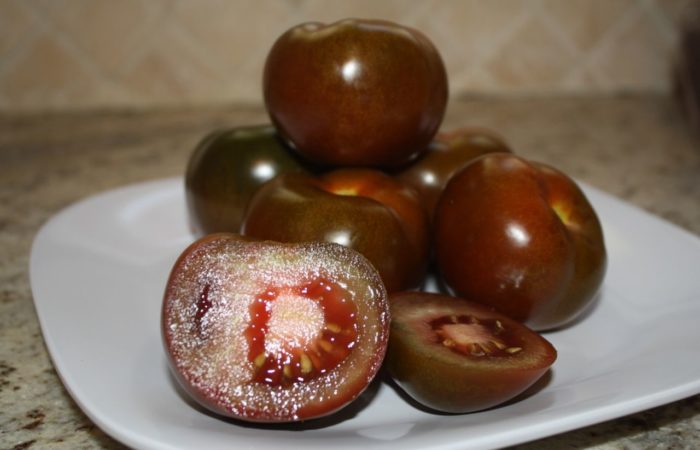
However, the most common use of fresh tomatoes of this variety. Tomatoes of the Kumato variety not only add an interesting taste to salads and hot dishes, but also an aesthetic appearance.
Although the Kumato tomato variety is not included in the state register for the Russian Federation, it is increasingly found in gardeners’ plots. This is understandable – black tomatoes are interesting not only for their bright color. They also have an unusual taste and many useful properties. And thanks to a certain unpretentiousness in care, the novice gardener will be able to grow the Kumato variety.


